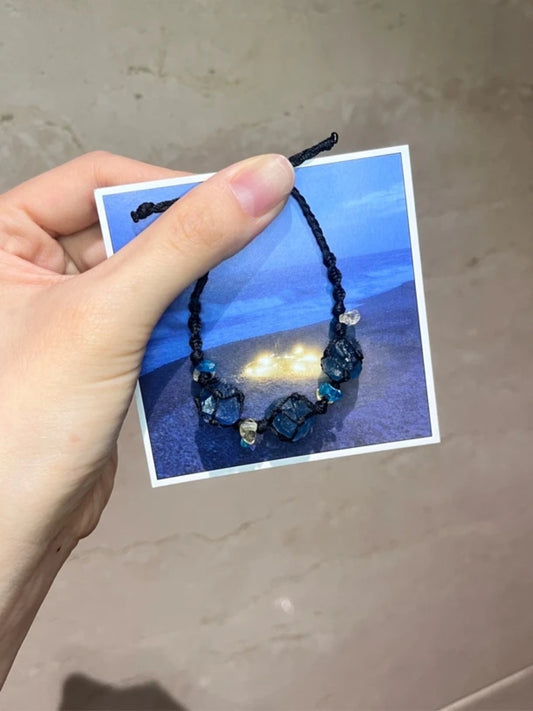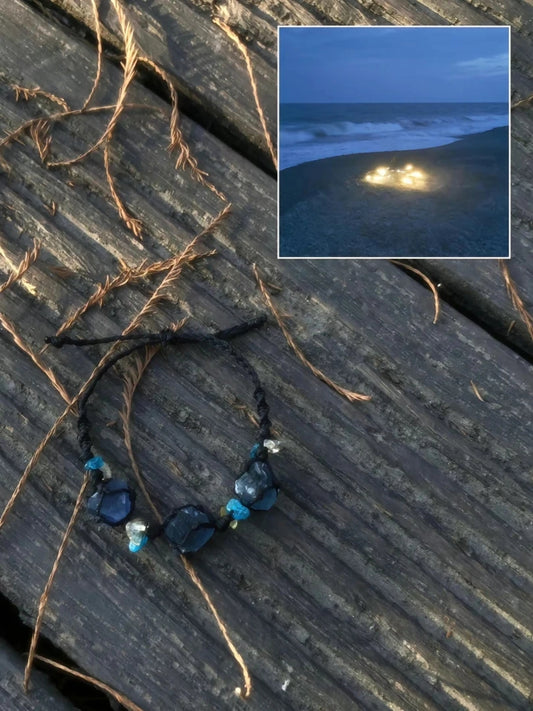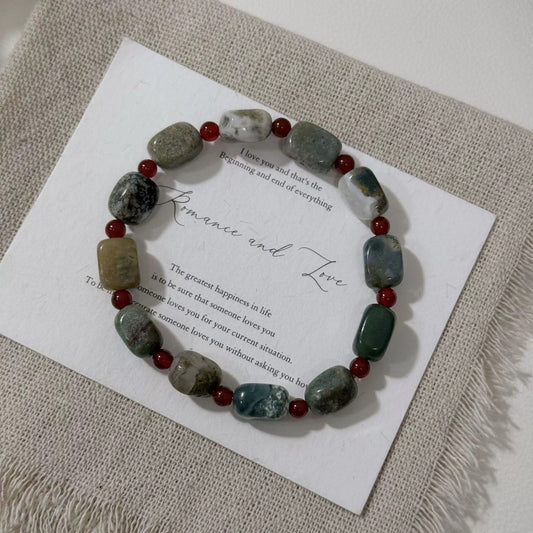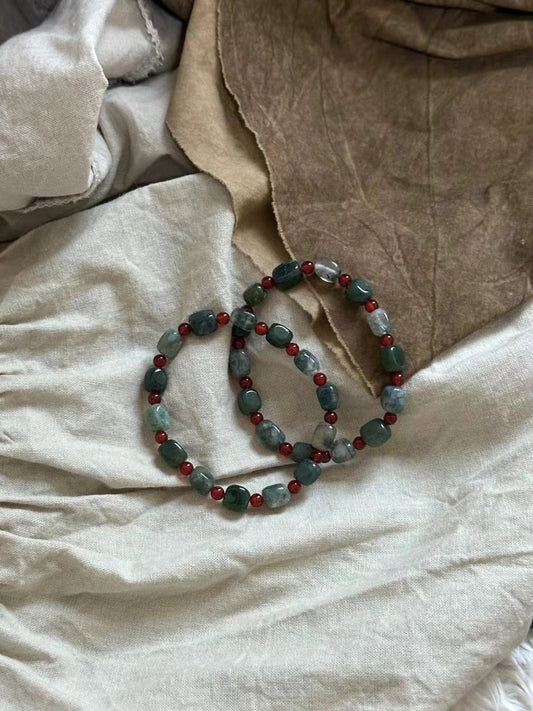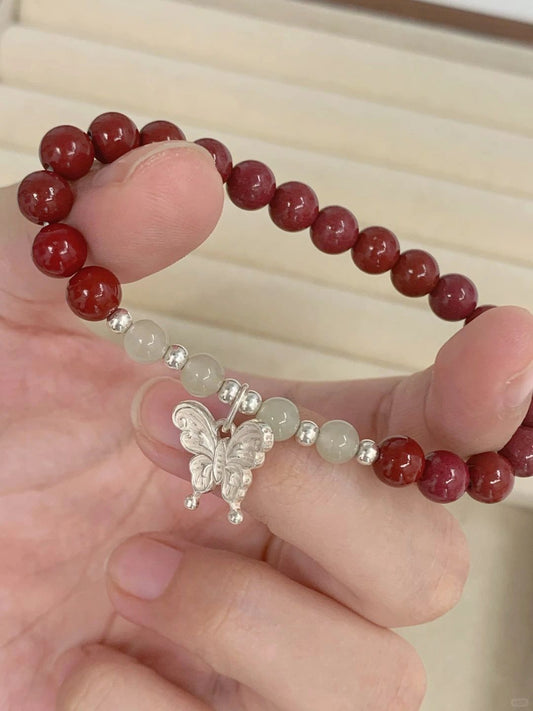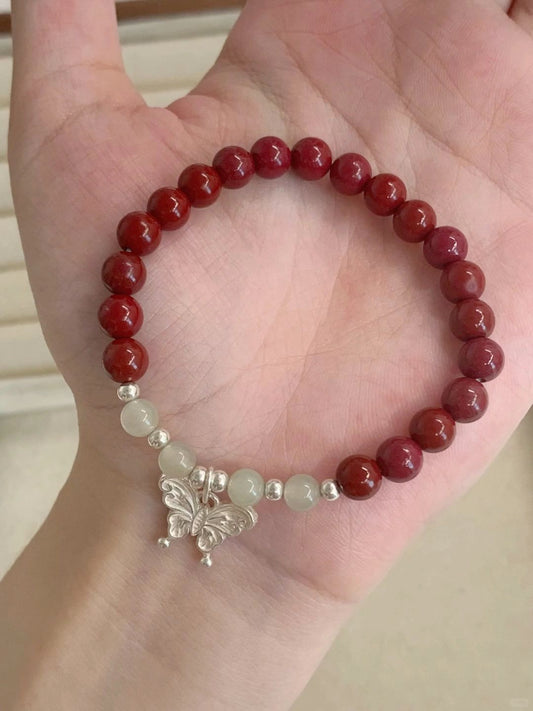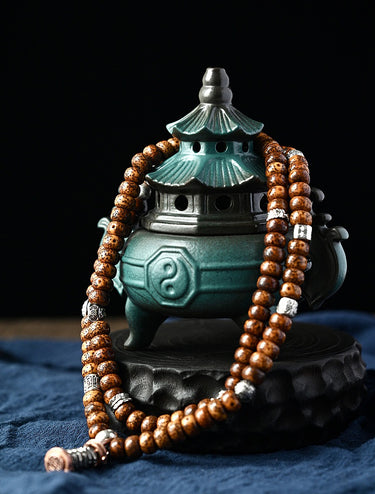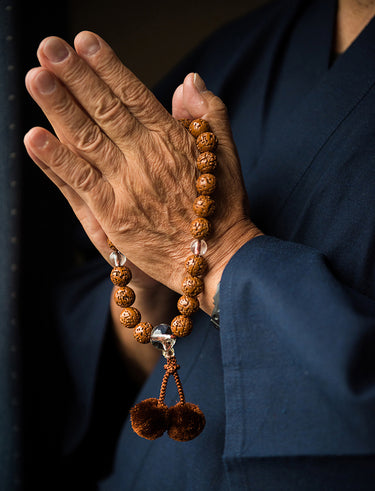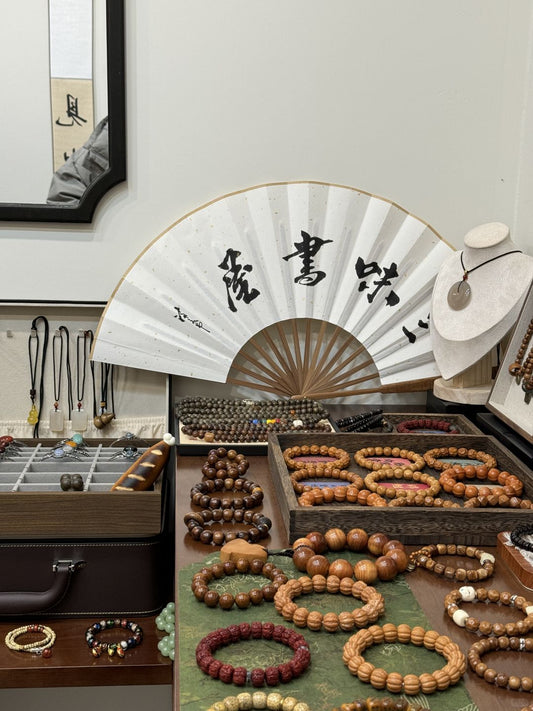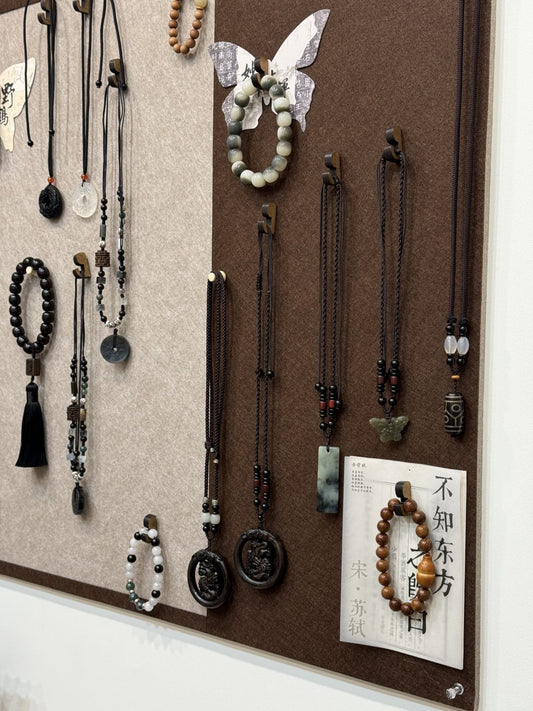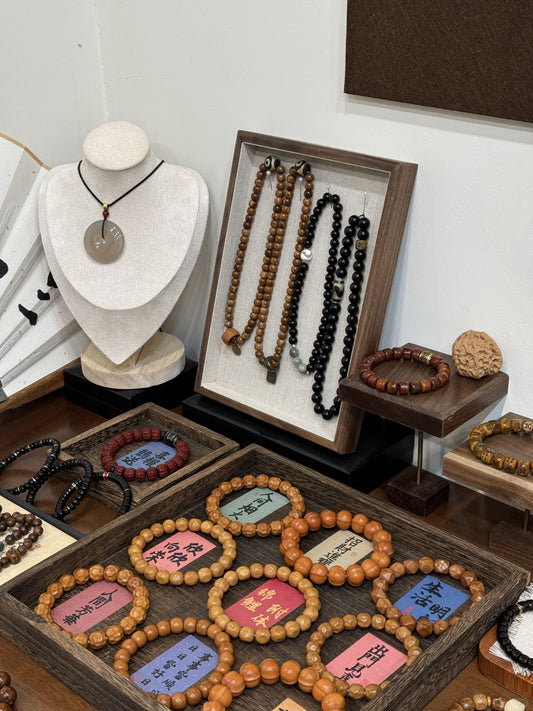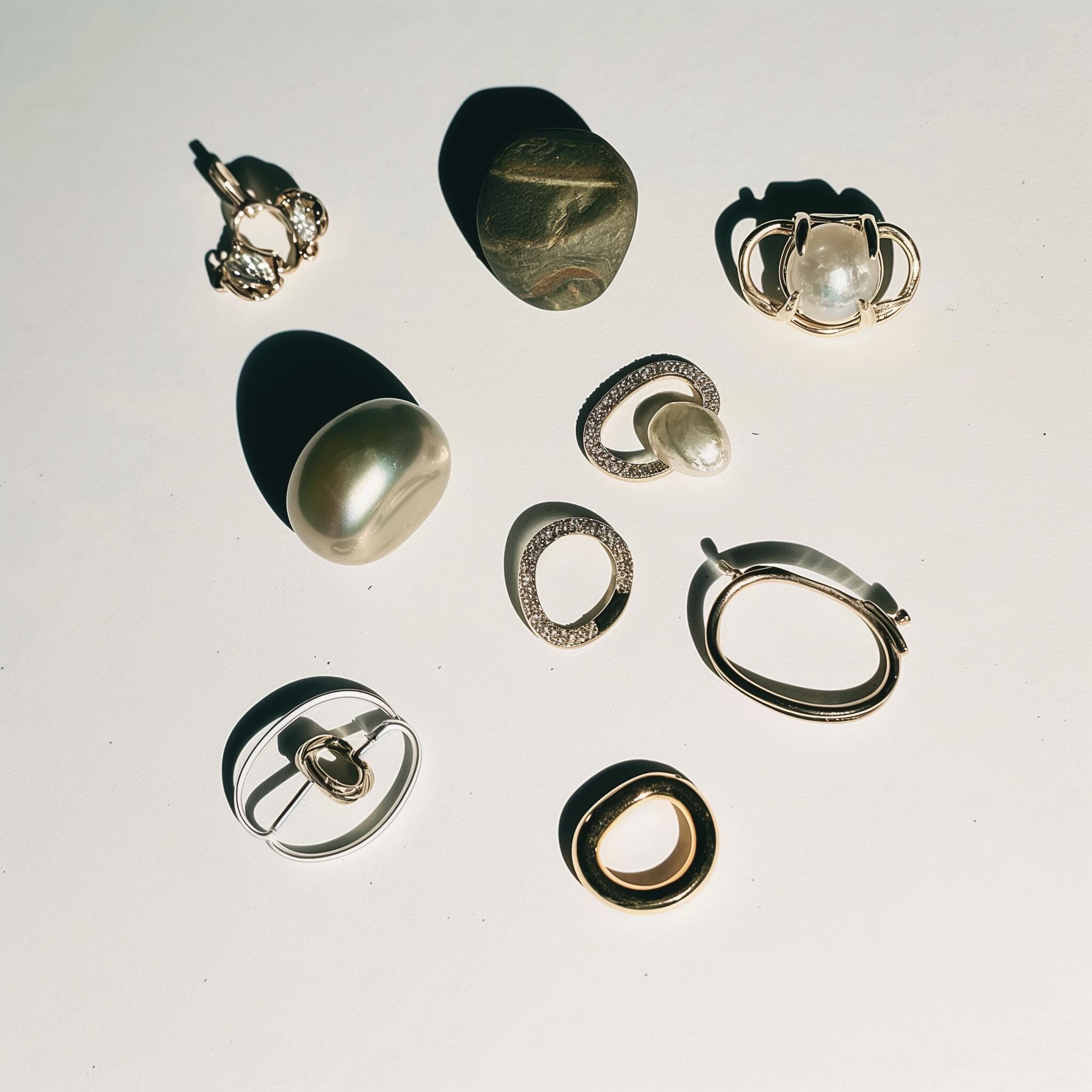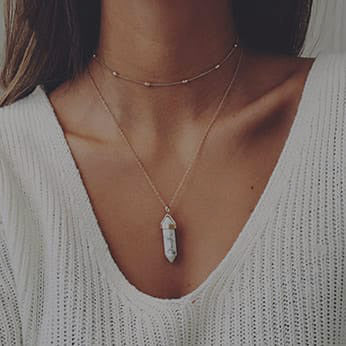Beyond Beauty: The Meaning Behind Tibetan Prayer Bead (Mala) Necklaces
In the realm of Buddhist practice, the simple string of beads known as a mala transcends mere decoration. More than just a piece of jewelry, the Tibetan mala necklace serves as a tactile guide for meditation, a vessel for prayers, and a reminder of one’s spiritual intentions. In this article, we’ll explore the structure and use of meditation beads, delve into the unique materials—from fragrant sandalwood to vibrant gemstones—and offer practical tips on choosing and blessing your own spiritual prayer beads. Along the way, you’ll encounter stories of pilgrims who’ve carried these sacred malas across mountain passes, imbuing each bead with devotion and purpose.

The Structure and Purpose of a Mala
A traditional Tibetan mala consists of 108 beads plus a larger “guru” bead, often finished with a tassel. The number 108 is sacred in Buddhism, symbolizing the 108 earthly temptations one seeks to overcome. The guru bead marks the starting and ending point of a meditation cycle.
-
Counting Mantras
Practitioners move bead by bead, reciting a mantra—commonly “Om Mani Padme Hum”—with each rotation. This repetitive motion cultivates focus and anchors the mind, transforming wandering thoughts into a steady stream of awareness. -
Tactile Feedback
Unlike a silent, mental countdown, the physical sensation of sliding each bead reinforces presence. Over time, meditation beads become imbued with personal energy, and simply touching them can evoke calm and concentration.

Materials That Carry Meaning
The choice of material in a Tibetan mala necklace is never arbitrary. Each substance carries both practical and symbolic significance:
-
Wood Beads
Sandalwood and bodhi seeds are prized for their earthy fragrance and lightweight feel. Sandalwood beads are believed to promote tranquility, while bodhi seed malas—crafted from the seeds of the tree under which the Buddha attained enlightenment—remind practitioners of awakening.
-
Gemstone Beads
Turquoise, rose quartz, and crystal add color and healing properties. Turquoise malas are thought to protect and ground, rose quartz enhances compassion, and crystal encourages clarity of mind.
-
Bone and Bone-Like Materials
Traditionally, yak bone or bone-like seeds (like rudraksha) symbolize impermanence, reminding wearers of life’s transient nature and inspiring deeper reflection.
-
Metal Accents
Some prayer beads include silver or brass spacers engraved with mantras, adding durability and reinforcing the sacred inscriptions.
Choosing and Blessing Your Mala
-
Intention & Comfort
Select a mala that resonates with your intention—peace, love, insight—and feels comfortable when draped over the wrist or neck. The weight, texture, and bead size all influence your meditation experience. -
Authenticity & Craftsmanship
Seek out handcrafted Tibetan mala necklaces, ideally made by artisans who follow traditional stringing methods. Quality cord and secure knots between beads prevent wear and ensure longevity. -
Blessing the Mala
Before first use, many practitioners cleanse and bless their malas:-
Cleansing: Pass the beads through incense smoke or place them under moonlight to clear residual energies.
-
Mantra Infusion: Hold the mala in your palms, recite your chosen mantra three times, and visualize your intention flowing into each bead.
-
Respectful Storage: When not in use, store your mala on a small altar or in a cloth pouch to maintain its sacredness.
-
Stories of Pilgrim Devotion
Across the Himalayas, pilgrims undertake arduous journeys to sacred sites, carrying their malas as constant companions. One traveler from Lhasa recalled trekking to the Jokhang Temple, winding her turquoise meditation beads through frosty fingers as she chanted with every step. Each time she halted to rest, the beads warmed in her palm, serving as both prayer aid and emotional support.
Another devotee shared how his sandalwood mala absorbed the Himalayan sun during a mountaintop retreat. By the end of his pilgrimage, the beads had darkened to a rich honey hue—and every shade change became a testament to his spiritual progress.

Integrating Your Mala into Daily Life
Whether you’re a seasoned meditator or new to spiritual practice, a Tibetan mala necklace can enrich everyday moments:
-
Mindful Moments: Slide a bead between your thumb and forefinger during stressful commutes or before important meetings.
-
Intentional Breathwork: Use shorter breath cycles—matching inhales and exhales to bead counts—to calm the nervous system.
-
Personal Altar: Drape your mala over a crystal or sacred statue, making it a visual reminder of your spiritual goals.
A Tibetan mala necklace offers more than aesthetic charm; it embodies centuries of wisdom, devotion, and mindful practice. By choosing materials and designs that align with your intentions—and blessing your beads with heartfelt mantras—you transform a simple string of beads into a lifelong companion on your path to inner peace and spiritual growth.









































































































